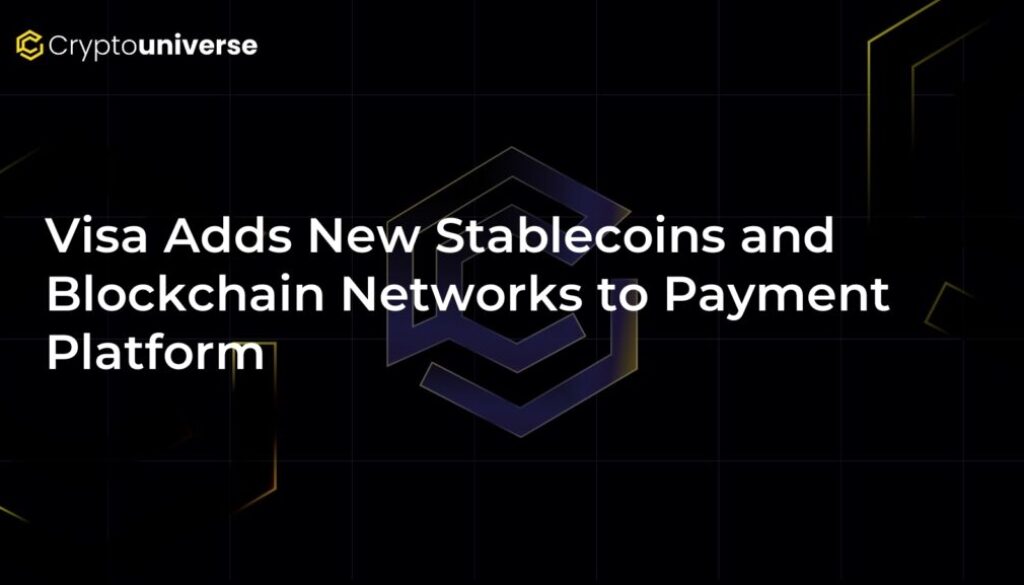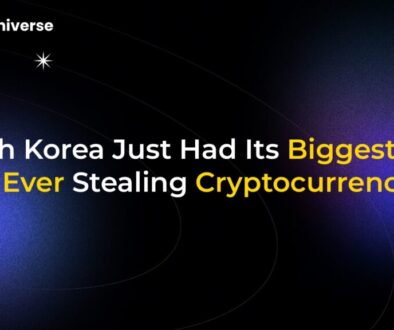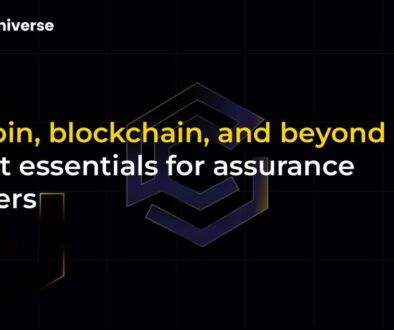Visa Adds New Stablecoins and Blockchain Networks to Payment Platform

Visa Deepens Crypto Integration with New Stablecoins and Blockchains
In a significant move that bridges traditional finance with the digital asset world, payment giant Visa has announced a major expansion of its cryptocurrency settlement capabilities. The company is broadening its infrastructure to support new stablecoins and incorporate additional high-speed blockchain networks, signaling a clear commitment to the future of digital payments.
This development underscores a growing trend where established financial players are not just experimenting with blockchain technology but are actively integrating it into their core operations. For businesses and consumers, this means the promise of faster, cheaper, and more efficient global transactions is moving closer to reality.
What’s New in Visa’s Digital Wallet?
Visa’s latest update significantly expands its digital currency toolkit. The company previously supported USD Coin (USDC) on the Ethereum and Solana networks. Now, it’s adding more options to create a more robust and flexible payment ecosystem.
The key additions include:
- New Stablecoins: Visa will now support PayPal USD (PYUSD), Global Dollar (USDG), and the euro-backed EURC. This expansion, facilitated through a partnership with blockchain infrastructure firm Paxos, introduces more currency options for its partners.
- New Blockchain Networks: To power these transactions, Visa has integrated two new networks known for their speed and low costs: Stellar (XLM) and Avalanche (AVAX).
With this move,
Why This Expansion is a Game-Changer
For decades, international payments have been notoriously slow and expensive. Traditional systems like SWIFT involve multiple intermediary banks, often taking 1-3 business days to settle a transaction while charging fees anywhere from $25 to $50.
Stablecoins, which are digital currencies pegged to real-world assets like the U.S. dollar or euro, offer a powerful alternative. Here’s how they revolutionize the process:
- Speed: Transactions on networks like Solana or Avalanche settle in seconds, not days.
- Cost: Settlement fees are a fraction of traditional costs, typically less than one cent per transaction.
- Accessibility: Blockchain networks operate 24/7/365, removing the constraints of banking hours and holidays.
Rubail Birwadker, Visa’s Global Head of Growth Products and Strategic Partnerships, stated that trusted stablecoins “can fundamentally transform how money moves around the world.” This isn’t just about saving money; it’s about creating more efficient and integrated payment flows. Research shows that 48% of businesses prioritize faster settlement times, while 33% value the improved liquidity that stablecoins provide.
Stellar and Avalanche: The Engines of a New Financial Era
Visa’s choice to integrate Stellar and Avalanche is strategic. While Ethereum is a pioneer in the smart contract space, it can experience periods of high congestion and expensive transaction fees. Stellar and Avalanche provide scalable and cost-effective alternatives.
- Avalanche (AVAX): Known for its high throughput, Avalanche can process thousands of transactions per second with near-instant finality, making it ideal for the high-volume settlement needs of a global payment processor like Visa.
- Stellar (XLM): Designed from the ground up for cross-border payments and financial inclusion, Stellar excels at facilitating fast, low-cost currency exchange and remittances.
By adopting a multi-chain approach, Visa not only enhances its performance but also mitigates risk. If one network experiences issues, payment flows can be seamlessly routed through another, ensuring reliability and resilience.
The Bigger Picture: Stablecoins Go Mainstream
Visa’s move is part of a much larger industry shift. The stablecoin market has seen explosive growth, ballooning from just $5 billion in 2020 to over $200 billion today. According to industry data, stablecoin transaction volumes have already surpassed those of both Visa and Mastercard combined, cementing their role as a foundational settlement layer for the digital economy.
This growth is fueled by increasing regulatory clarity. Europe’s Markets in Crypto-Assets (MiCA) framework and the U.S. GENIUS Act are providing the guardrails needed for traditional institutions to confidently adopt this technology.
Visa isn’t alone in this race. Competitors like Mastercard are developing their own stablecoin programs, while fintech giants like PayPal and Stripe are also making aggressive moves. This competition is accelerating innovation and pushing stablecoins from a niche crypto product into the core of mainstream finance.
What This Means for the Future
As



